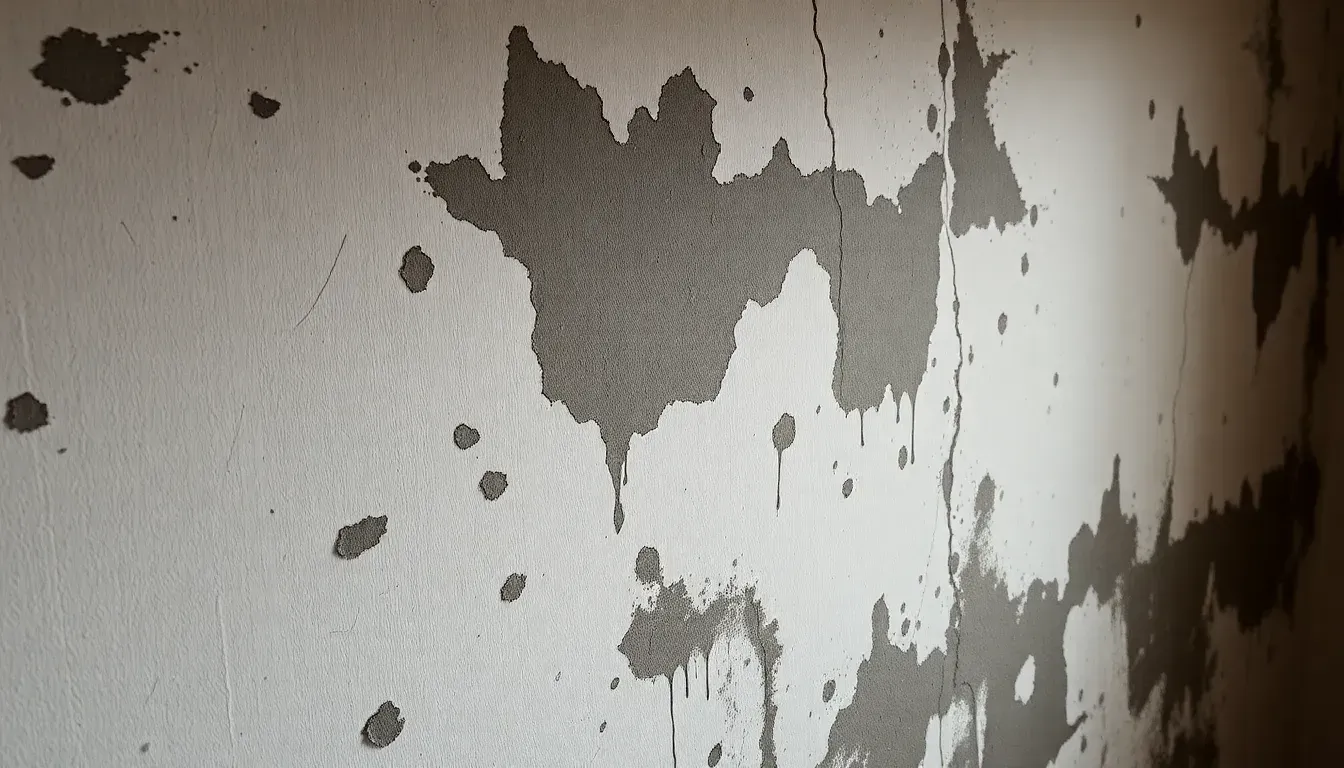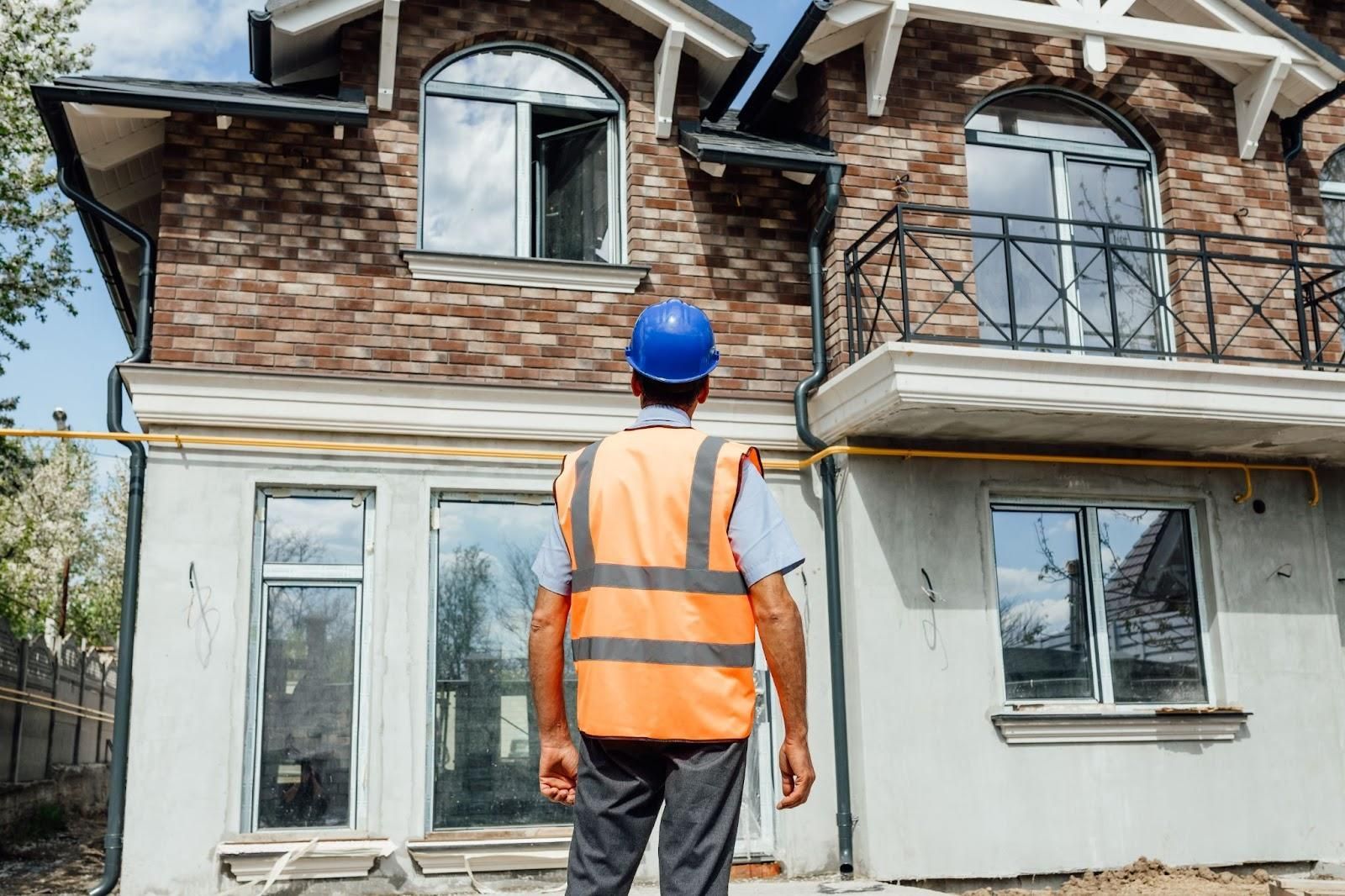Mold Alert! How to Spot Mold Behind Drywall and Remove It for Good
Mold behind drywall is a hidden menace that can turn a dream home into a nightmare. Many homeowners face the frustration of discovering mold only after it has taken hold, often due to leaks or high humidity. This problem not only compromises the structural integrity of a property but also poses serious health risks to its occupants.
Identifying mold growth early is crucial, yet it often goes unnoticed until extensive damage occurs. Homeowners may feel overwhelmed by the thought of costly repairs and the potential for health issues. Understanding the signs of mold behind drywall and knowing how to address them can save time, money, and stress. By taking proactive measures, homeowners can protect their investment and ensure a safe living environment.
Understanding Mold Behind Drywall
Mold behind drywall poses serious threats to both health and structural integrity. Addressing this issue promptly can protect properties in Greater Houston from costly damages.
What Is Mold?
Mold consists of microscopic fungi that thrive in damp environments. It requires moisture, warmth, and organic material to grow. Mold can appear in various colors, from green to black, and often emits a musty odor. Identifying mold early is crucial since exposure can lead to health issues such as allergies and respiratory concerns.
How Mold Grows Behind Drywall
Mold growth behind drywall typically occurs due to moisture intrusion from leaks, flooding, or humidity. Drywall provides a perfect food source for mold spores, thriving in enclosed spaces with limited air circulation. When moisture levels rise, often unnoticed, mold can proliferate rapidly, leading to structural damage and unhealthy indoor air quality. Homeowners must regularly inspect areas prone to moisture to prevent mold growth and protect their living environments.
Causes of Mold Behind Drywall

Mold behind drywall arises from various factors that create ideal conditions for growth. Identifying these causes helps prevent extensive damage and health risks.
Moisture Sources
Moisture intrusion serves as the primary catalyst for mold behind drywall. Leaky pipes, roof leaks, or flooding often introduce water into the walls, creating a damp environment conducive to mold growth. High humidity levels also contribute to moisture accumulation. Homeowners should routinely check for any signs of water damage and promptly repair leaks. Using a dehumidifier in areas prone to excess humidity can be beneficial in controlling moisture levels.
Poor Ventilation
Poor ventilation restricts air circulation, promoting mold growth behind drywall. Areas such as bathrooms, kitchens, and attics often lack adequate airflow, leading to condensation and moisture buildup. Installing exhaust fans, or opening windows helps improve ventilation and reduce humidity levels. Ensuring proper ventilation during construction and renovation processes enhances airflow, lessening the likelihood of mold development.
Signs of Mold Behind Drywall
Detecting mold behind drywall is crucial for maintaining a healthy living environment. Homeowners should stay vigilant for several indicators of mold presence.
Visual Indicators
Visual signs of mold behind drywall include discoloration and irregular patches. Homeowners may notice yellow, brown, or green stains on the wall surface. Warping or bubbling of the drywall indicates moisture retention, creating the perfect conditions for mold growth. Peeling paint or wallpaper can signal underlying issues as well. Additionally, surfaces may exhibit a fuzzy or slimy texture, which is characteristic of mold colonies.
Health Symptoms
Health symptoms associated with mold include respiratory issues and allergic reactions. Homeowners might experience coughing, sneezing, or difficulty breathing, especially in enclosed spaces. Skin irritations, such as rashes or itchiness, often arise due to contact with mold spores. Persistent fatigue or headaches can also occur, signaling potential mold exposure.
Awareness of these symptoms can prompt timely action and ensure a safer living environment, particularly in homes where mold growth may be hidden behind drywall.
For more detailed inspection and remediation services, reach out to experts specializing in mold behind drywall and ensure proper safety measures in residential properties.
Prevention and Control

Mold behind drywall presents serious risks, making prevention and control essential. Effective strategies can significantly reduce the potential for mold growth.
Moisture Control Measures
Moisture control serves as a primary defense against mold. Homeowners should ensure proper sealing around windows and doors to prevent leaks. Installing vapor barriers in crawl spaces and basements limits moisture intrusion. Utilizing dehumidifiers in damp areas, such as bathrooms or basements, helps maintain optimal humidity levels. Regularly cleaning gutters and ensuring proper drainage away from the foundation reduces water buildup, further mitigating risks.
Regular Inspections
Regular inspections offer an additional layer of protection. Homeowners should conduct visual checks of walls, ceilings, and floors for any signs of water damage or mold growth. Inspecting plumbing systems and roofs for leaks aids in early detection of potential issues. Engaging licensed professionals for annual inspections ensures a thorough examination of hidden areas, including behind drywall. Regular assessments can help identify and address problems before they escalate, providing peace of mind.
Remediation Process
The remediation process for mold behind drywall includes several critical steps. Proper identification and removal protect the home and its occupants from health risks.
DIY Mold Removal
DIY mold removal requires precautions to ensure safety. First, gather necessary supplies, such as gloves, masks, and cleaning solutions. Clean exposed surfaces with a mixture of water and detergent, scrubbing visible mold away. Remove and discard contaminated drywall and insulation, and ensure a well-ventilated space during cleanup. Seal off affected areas to prevent spores from spreading. However, if the mold covers a large area or if there’s uncertainty about the safety, it's wise to consult professionals.
When to Hire a Professional
Hiring a professional becomes essential when facing extensive mold infestations. Trained experts possess specialized equipment and knowledge to assess hidden mold behind drywall. They conduct thorough inspections, including moisture assessments, to pinpoint the source of the problem. Professionals implement effective remediation strategies, ensuring not only removal but also prevention of future growth. If homeowners change air quality or experience health issues related to mold, seeking expert help ensures a safe living environment.
For reliable mold remediation services in Greater Houston, contact Accurate Home and Commercial Services today.
Conclusion
Addressing mold behind drywall is crucial for maintaining a safe and healthy home. Homeowners must stay vigilant for signs of moisture intrusion and mold growth to avoid extensive damage and health risks. Implementing preventative measures like proper ventilation and regular inspections can significantly reduce the likelihood of mold development. When faced with mold issues, seeking professional help ensures effective remediation and peace of mind. By prioritizing these steps, homeowners can protect their living environment and safeguard their family's well-being.
Frequently Asked Questions
What are the hidden dangers of mold behind drywall?
Mold behind drywall can compromise a home's structural integrity and pose health risks to occupants. It thrives in damp environments, leading to extensive damage if not identified early.
How does mold get behind drywall?
Mold typically grows behind drywall due to moisture intrusion from leaks, flooding, or high humidity. Poor ventilation further exacerbates the issue by restricting airflow.
What are the signs of mold behind drywall?
Look for discoloration, warping, bubbling, or peeling paint and wallpaper. You may also notice a musty odor or fuzzy textures, which indicate mold presence.
What health issues are associated with mold exposure?
Exposure to mold can cause respiratory problems, allergic reactions, skin irritations, fatigue, and headaches. Recognizing these symptoms is crucial for timely intervention.
How can homeowners prevent mold growth?
Homeowners can prevent mold by controlling moisture, sealing windows and doors, using dehumidifiers, ensuring proper ventilation, and performing regular inspections for water damage.
When should I hire a professional for mold remediation?
Hire a professional for extensive mold infestations or if you're unsure about safety. They have the expertise and equipment necessary for comprehensive mold assessment and remediation.
How can I check for mold behind drywall?
Regularly inspect areas prone to moisture, such as bathrooms and kitchens. Look for signs of water damage, and consider using a moisture meter for accurate readings.
Why is ventilation important in preventing mold?
Good ventilation allows air to circulate, reducing humidity and moisture buildup, which can help prevent mold from developing in areas like bathrooms and kitchens.











